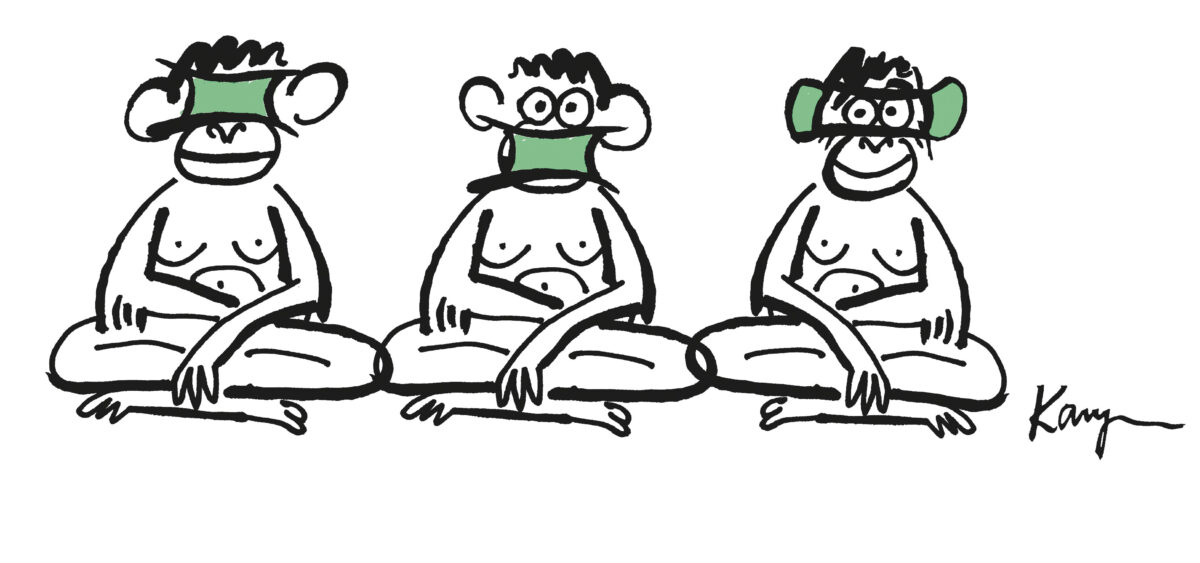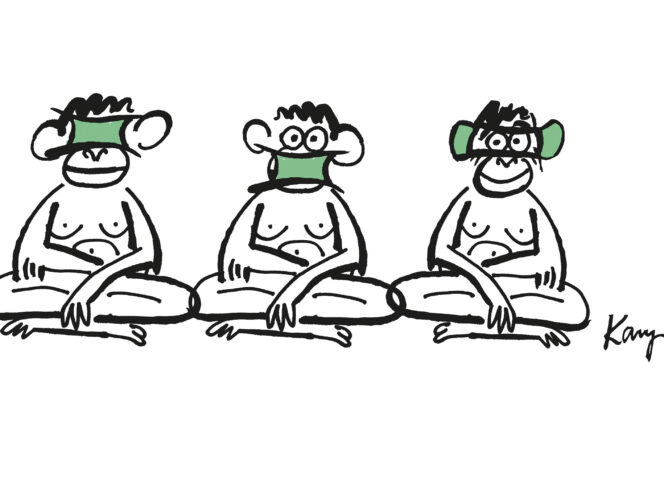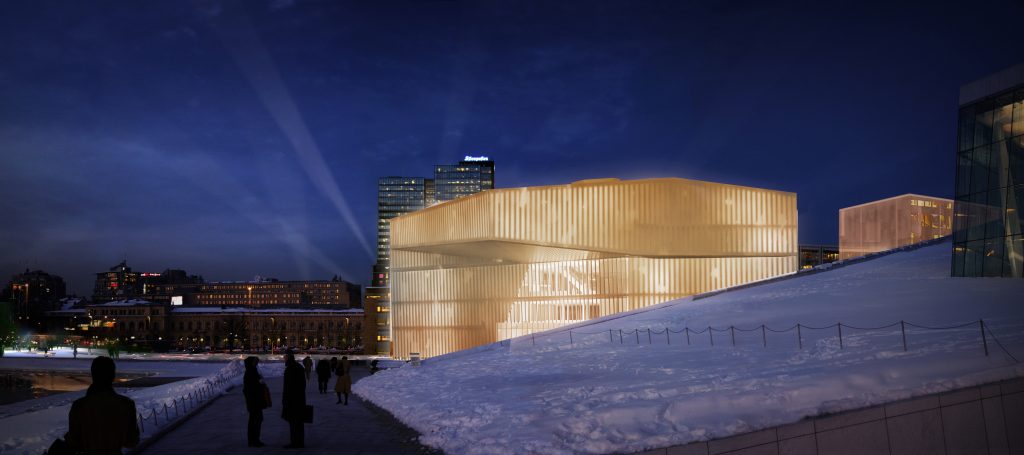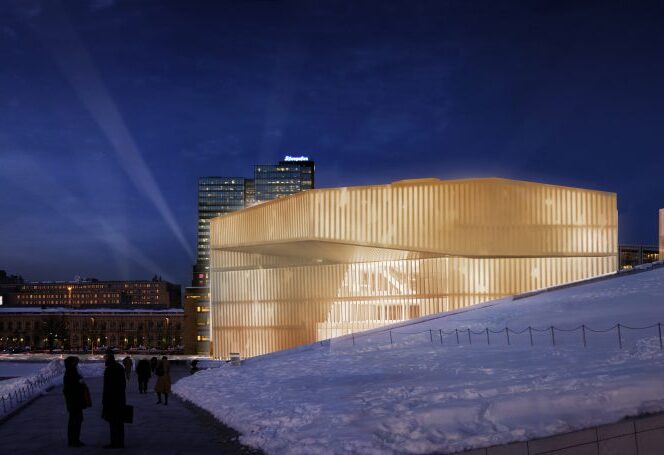
I hear the following more often than I would like from some of my fellow educators: “My students can’t or won’t discuss climate change. They’re too privileged/preoccupied with their phones/just not interested.”
Of course these young people—these adolescents, these Gen Z college-goers—don’t want to discuss this with us. We are literally (literally) asking them to confront their own mortality.
Despite the incredible groundswell we are now witnessing around the youth-led climate movement—the school strikes, the UN protests, the anger and the vision of children and teenagers like Greta Thunberg—many of my students hear the words we have 18 months to tackle climate change or it will be too late and they think that in 18 months they are going to die. Maybe this thought is what inspires them to join the youth climate movements or Extinction Rebellion; or more crucially, maybe this is the thought that paralyzes them, anesthetizes them, and keeps them away and keeps them asleep.
I explain to them that the planet is not going to spontaneously combust change in the next 17 or 18 months if








